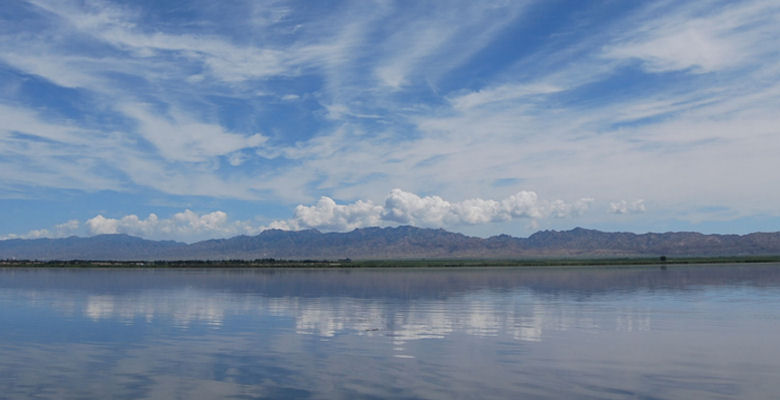Making the invisible visible

LJMU has a long-standing reputation for embracing advances in technology to further its world-leading research. DNA technology is continually evolving and in the last decade this has impacted upon the study of microbes in soil and water. Recent studies of marine waters have found many types of astonishingly rare bacteria in the oceans - the so called ‘rare biosphere'.
Now, researchers from LJMU and the Chinese Academy of Sciences Institute of Urban Environment have turned their attention to the rare biosphere of freshwater lakes and reservoirs across China and have just published their results in Nature publishing group’s prestigious Microbial Ecology publication ISME Journal.
This work helps open a window on a literally invisible aspect of the planet we live on; these bacteria are not only small but so rare that looking for them is the equivalent of trying to find one small fish in a large lake.
The Chinese Academy group of Lemian Liu, Zheng Yu and led by Professor Jun Yang, a long term collaborator of Dr Dave Wilkinson from LJMU's School of Natural Sciences and Psychology, sampled 42 lakes and reservoirs across China and used ‘next generation sequencing’ to look for the very rare bacteria and compare their patterns of abundance with the commoner bacteria found in the lakes.
Their research aims to answer a key question facing microbiologists; do such rare bacteria follow the sorts of patterns we see in the distribution of larger and better studied organisms or do chance events dominate their lives of these rare types, as many biologists have suggested?
Not only does this potentially tell us interesting things about the nature of the world around us but it also provides the necessary background to use aquatic microorganisms to monitor water quality – a key aim of Professor Jun Yang’s research group.
The new study has found that although there are differences between the common and very rare bacteria, there are also obvious similarities in their distribution patterns. This means that even for the very small and very rare, there is more to life than just chance effects and much of our understanding of biology based on larger and commoner types of life should be usable in understanding these rare microbes.
Dr Wilkinson, who is trying to understand very large scale patterns in the distribution of micro-organisms on a global scale, which has been one of his key research interests since he was a student in the 1980’s, commented:
“For years I have been trying to understand the really big patterns in the distribution of really small organisms, often using data collected by the use of microscopes. Now DNA technology has reached a point where large amounts of new data are becoming widely available.
"Twenty years ago on the last page of his autobiography the famous American ecologist, and expert on ants, Edward O Wilson wrote that ‘If I could do it all over again… I would be a microbial ecologist.’ How right he was – with new techniques and headache inducing quantities of new data this area of biology is on the verge of potentially game changing developments.”


